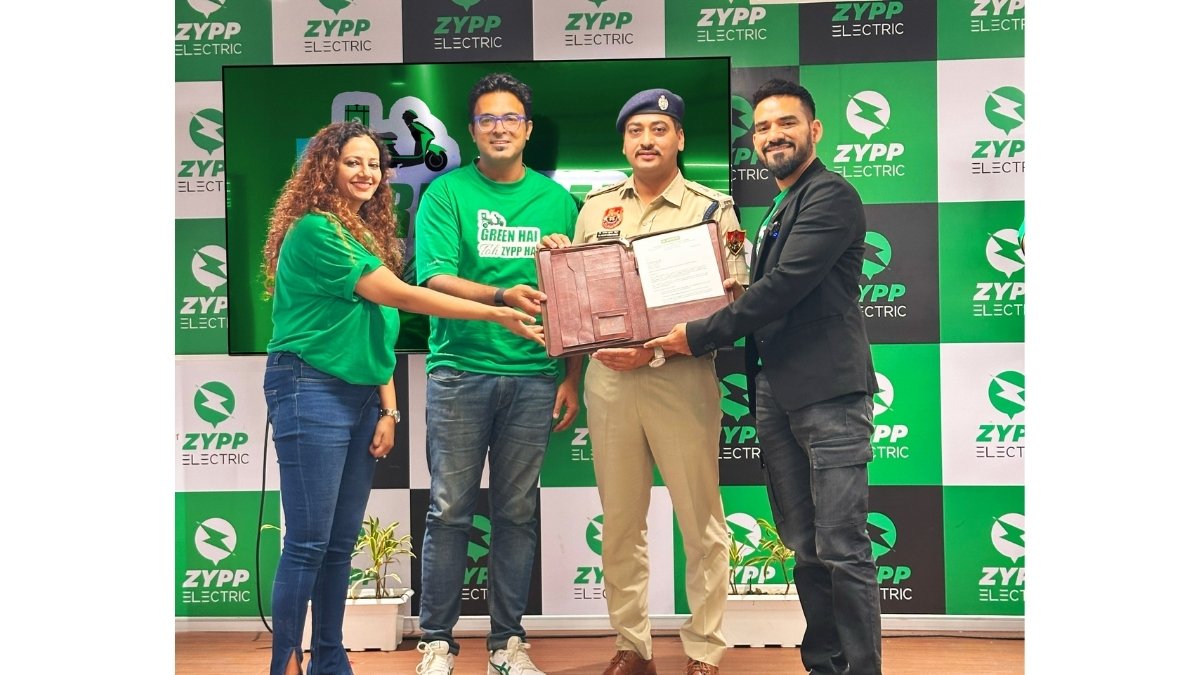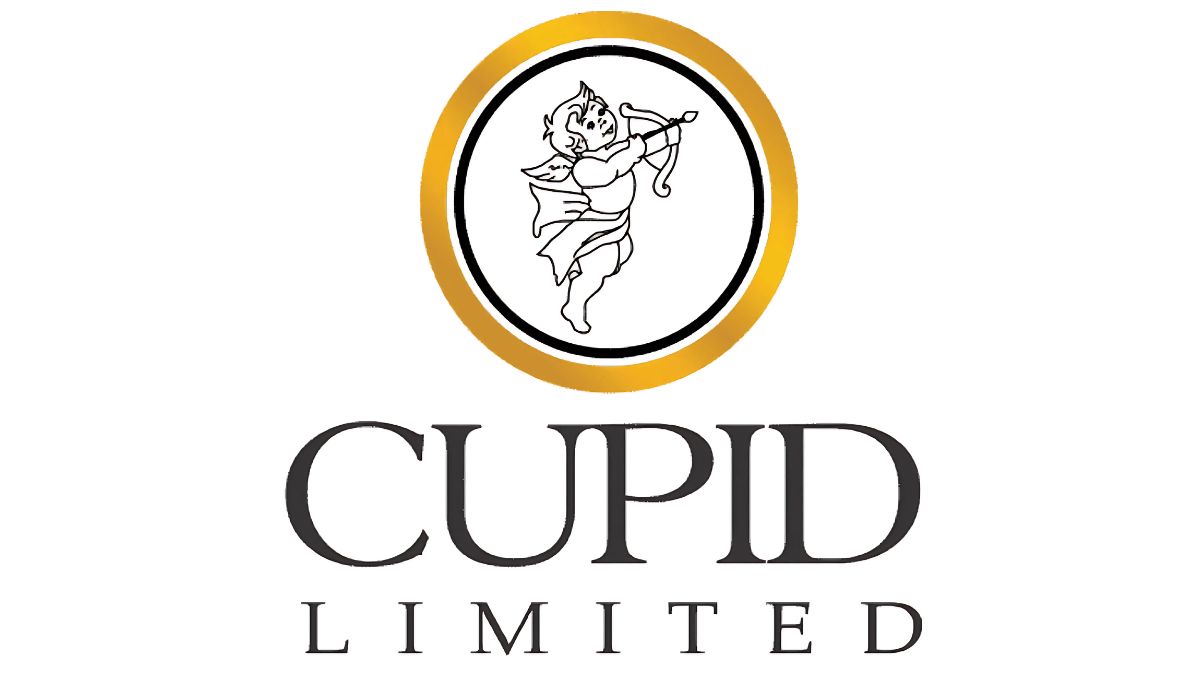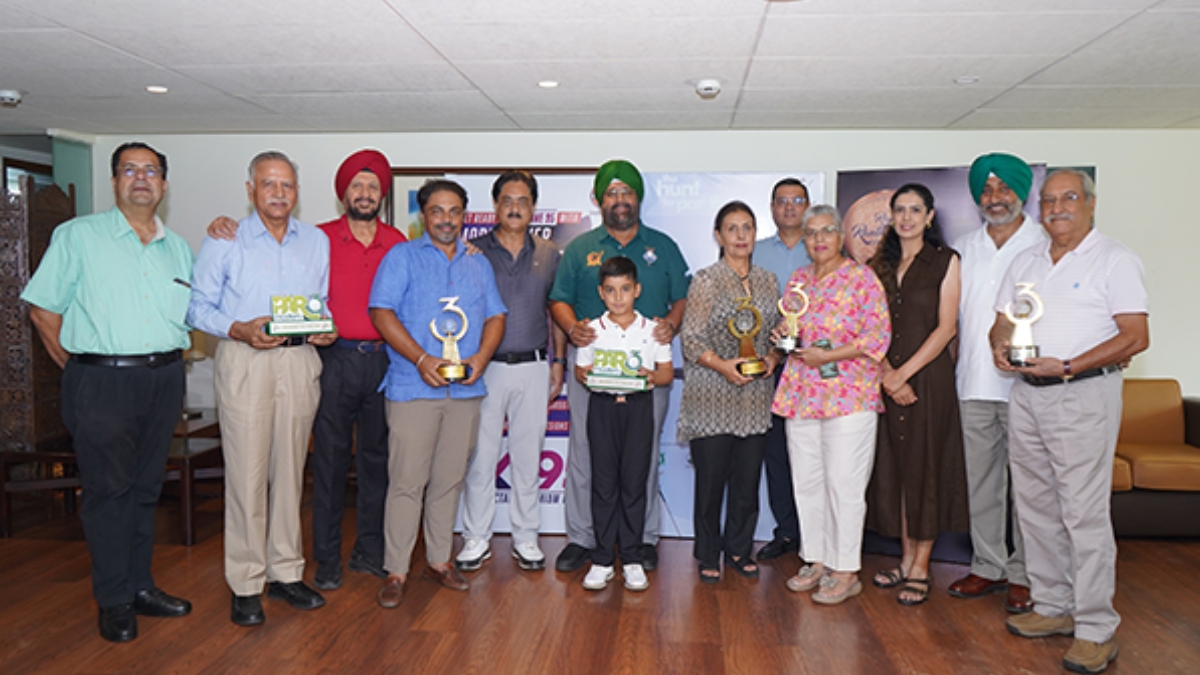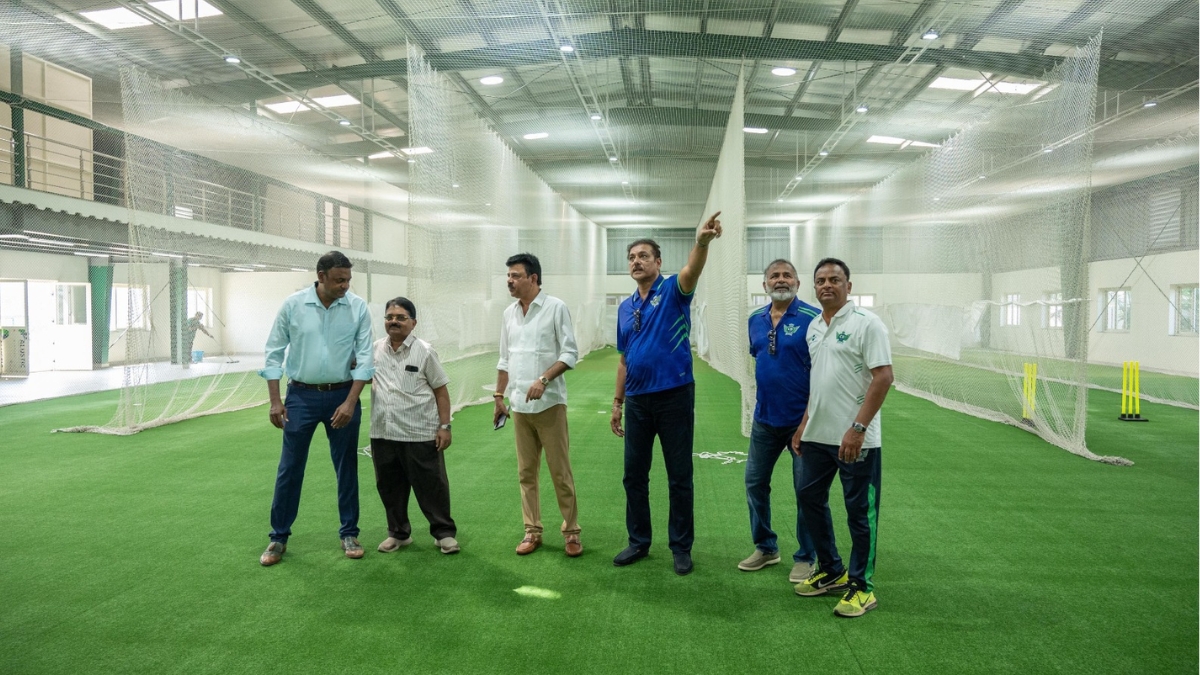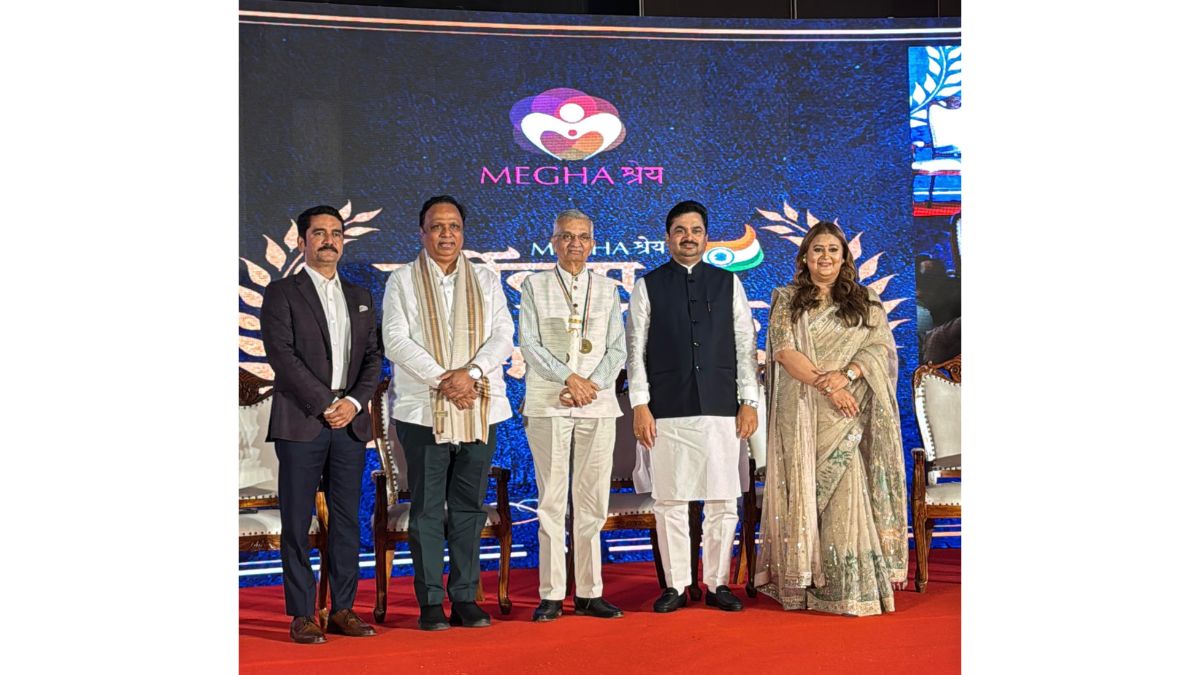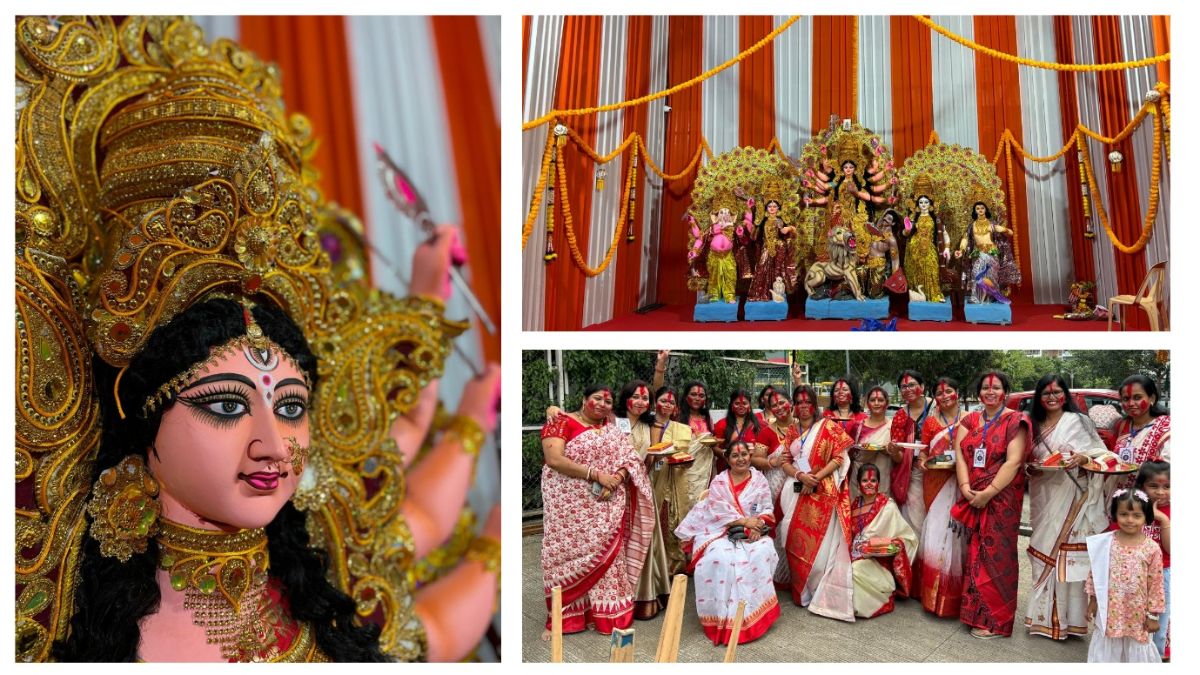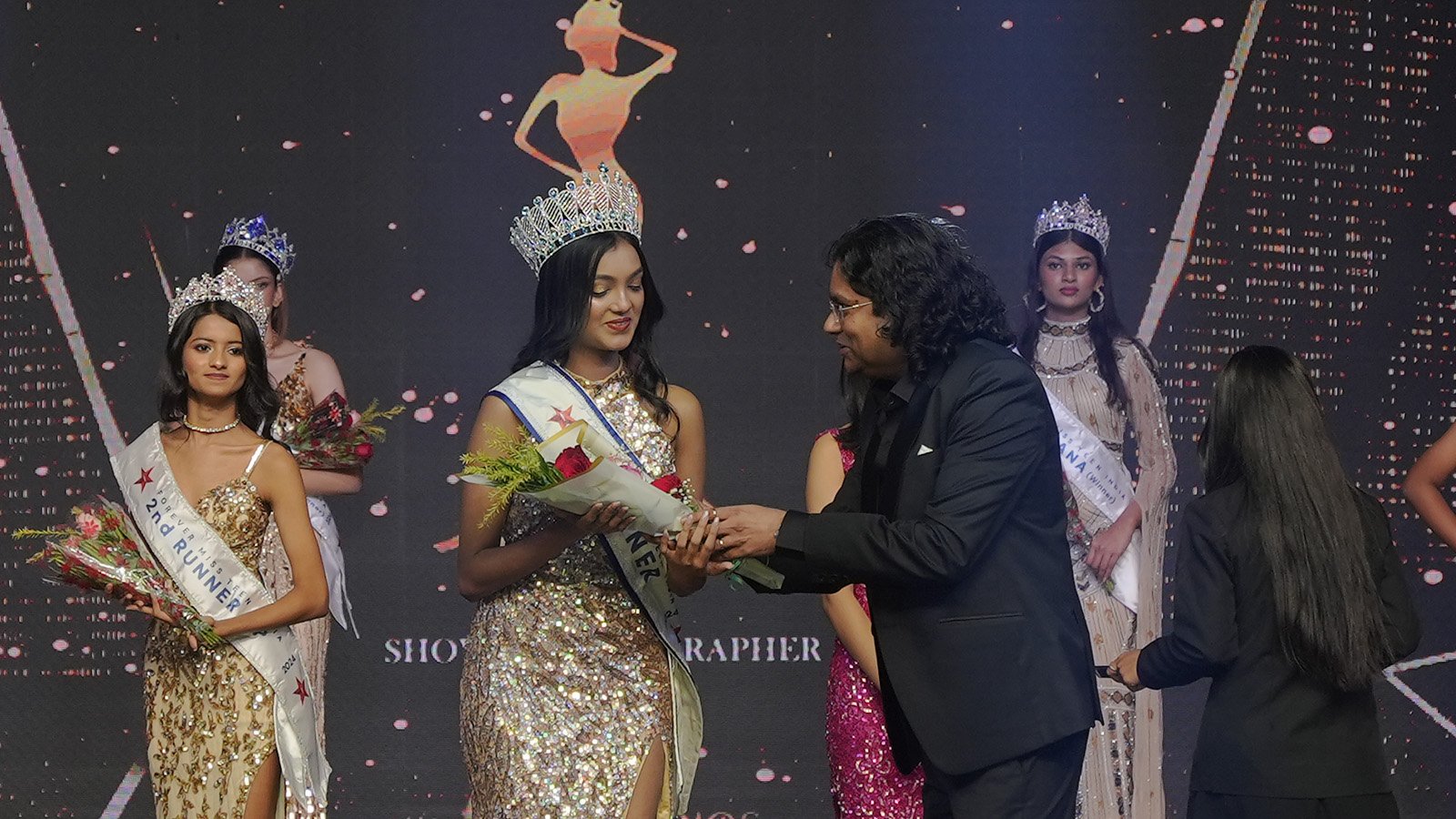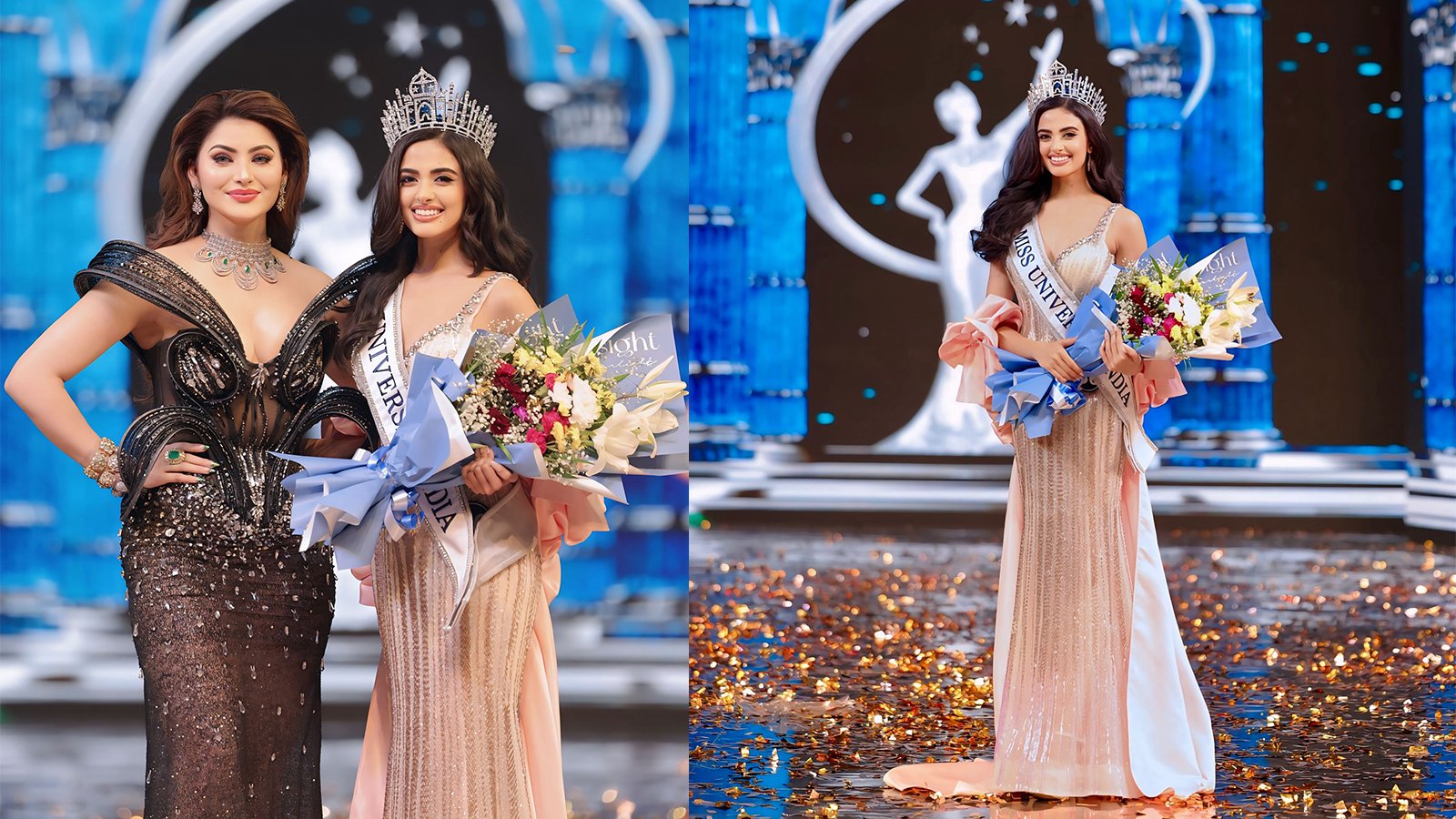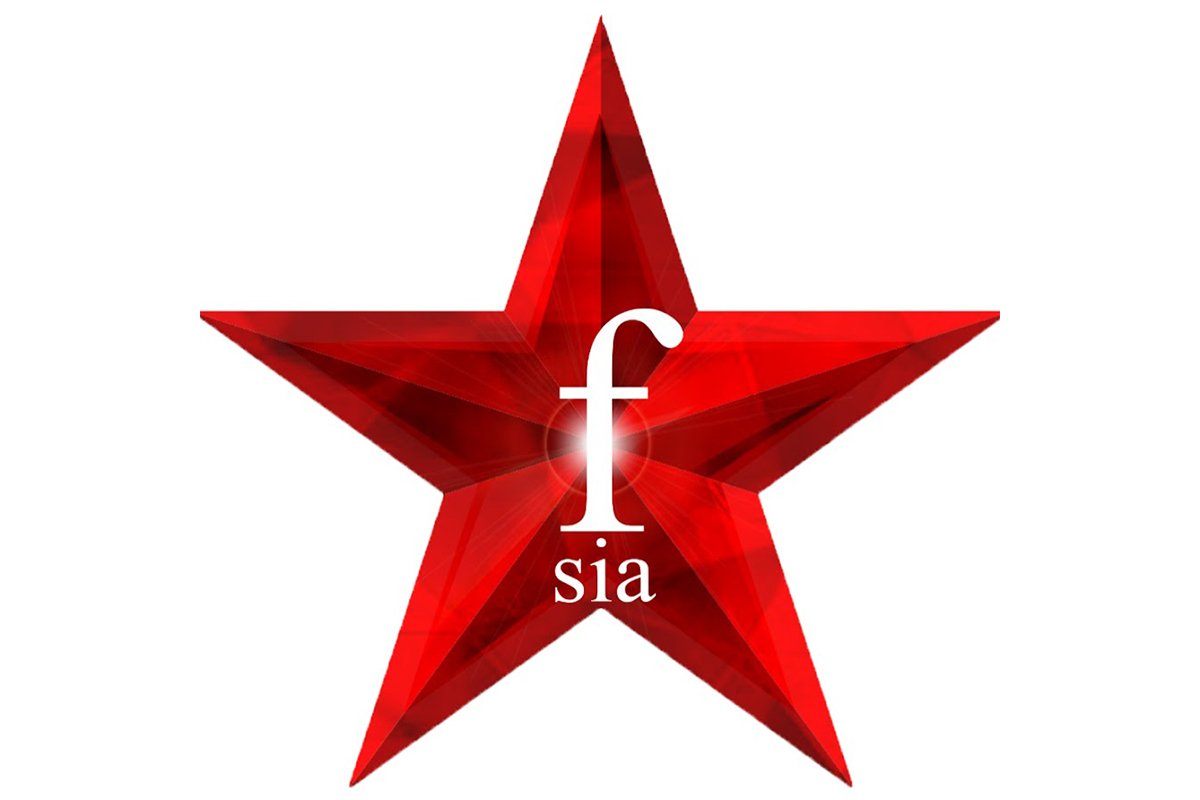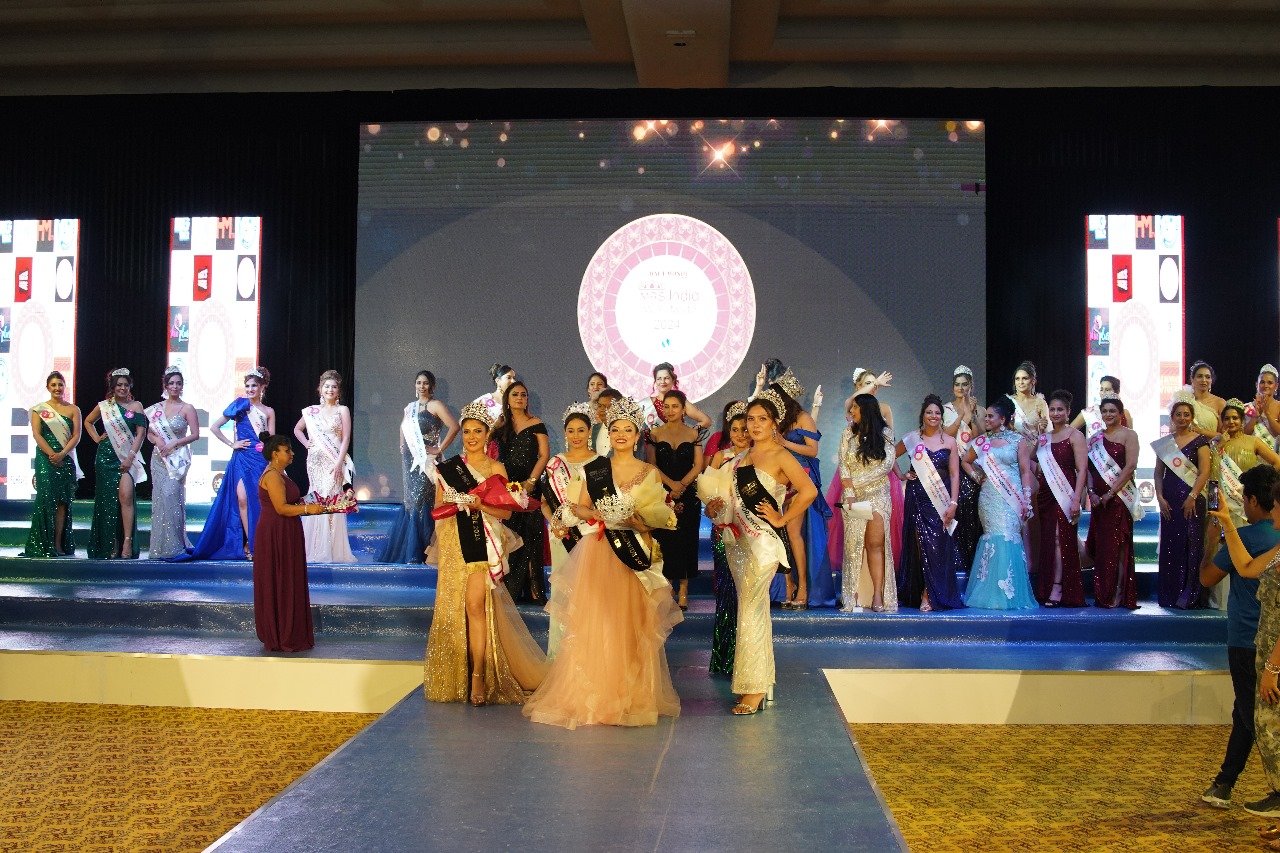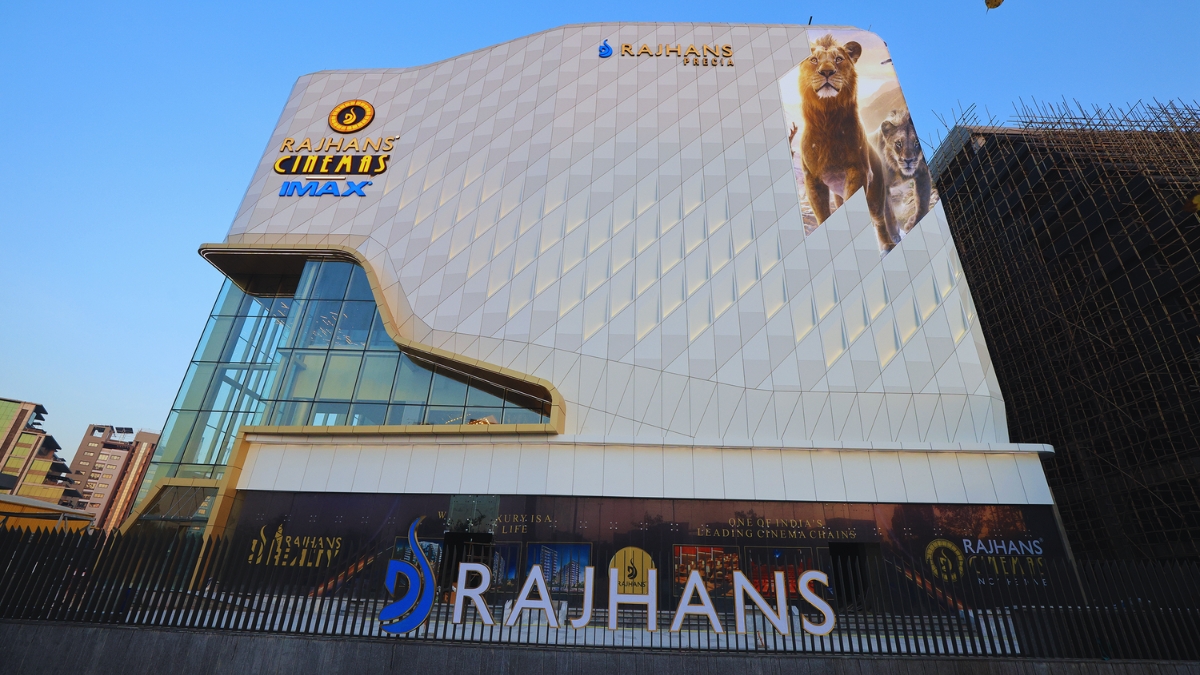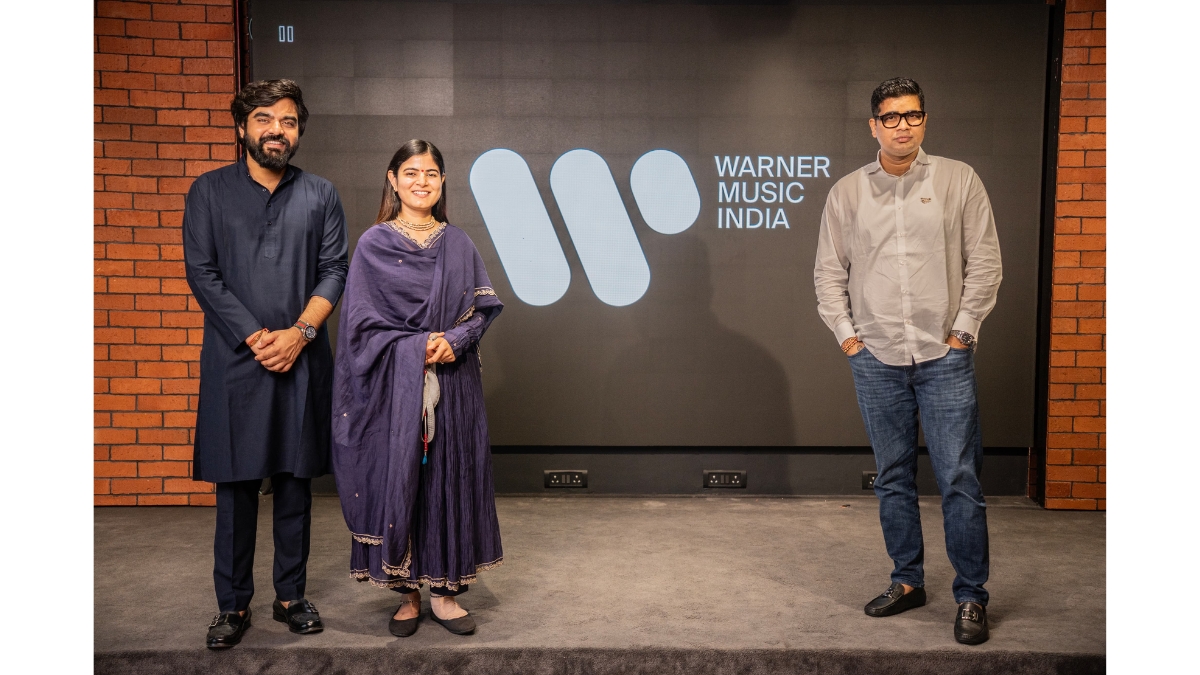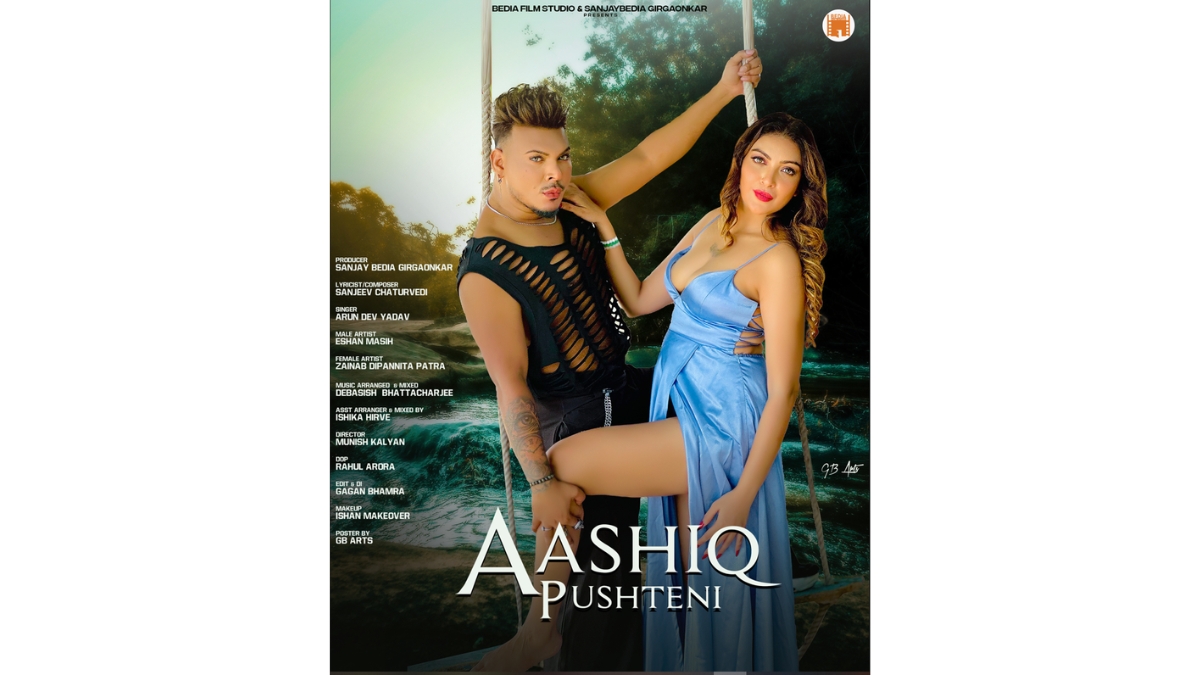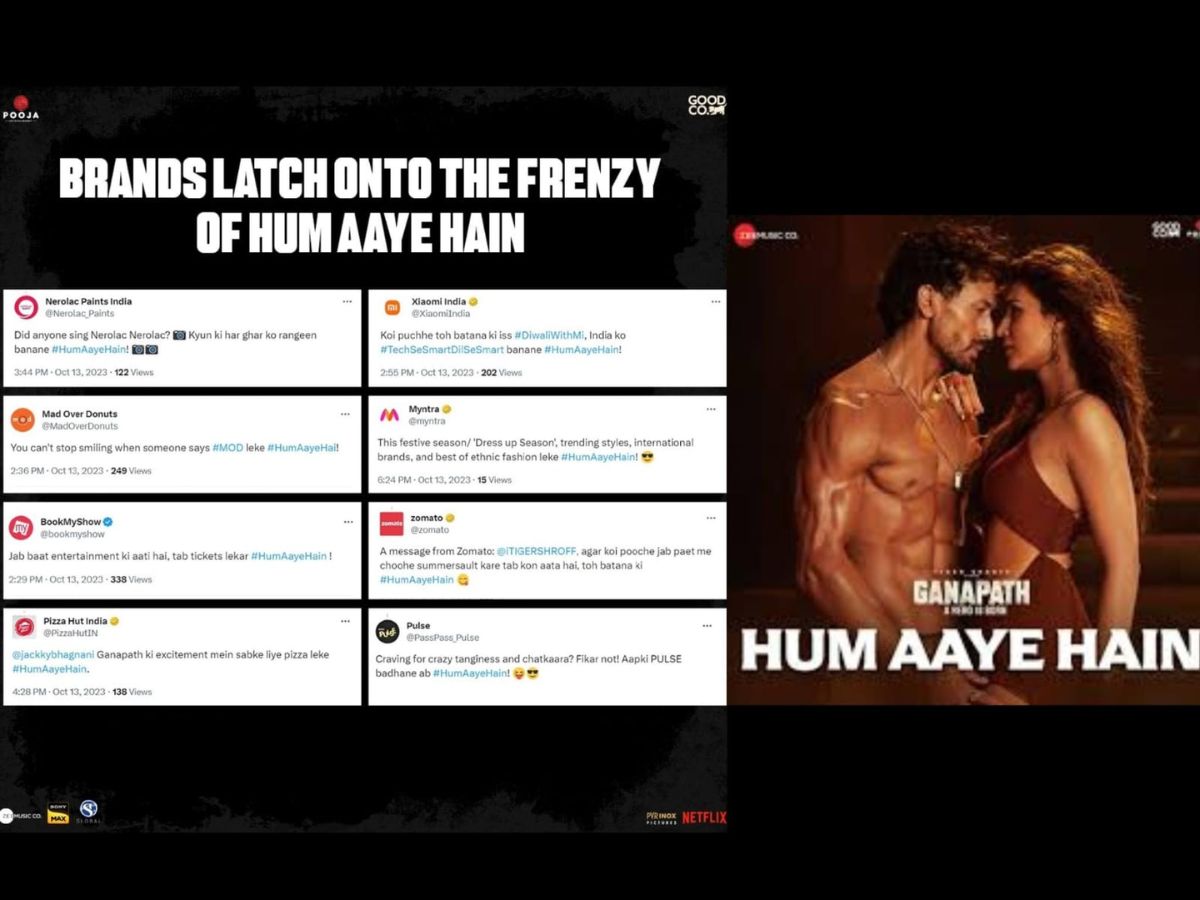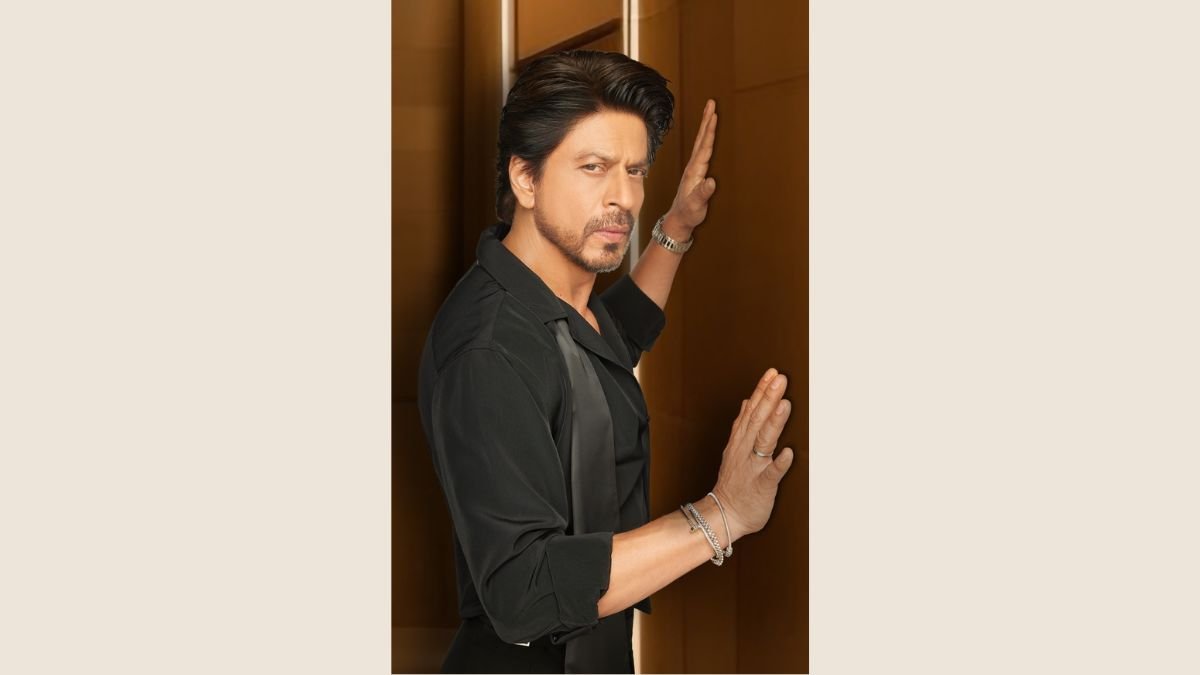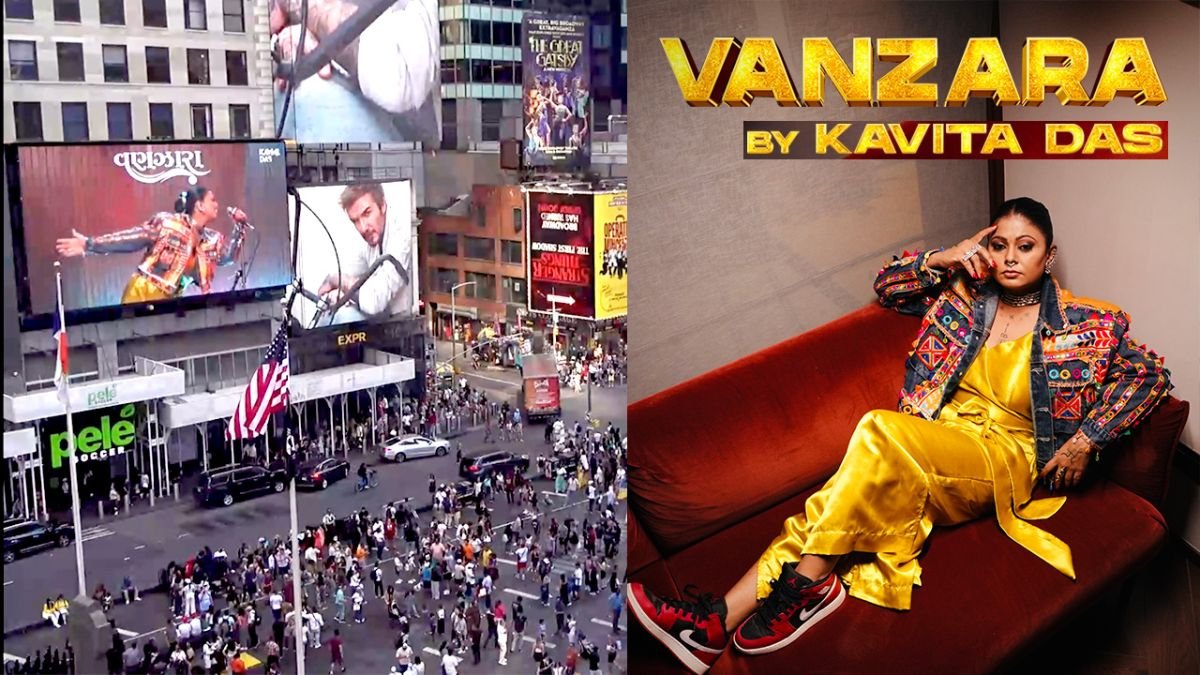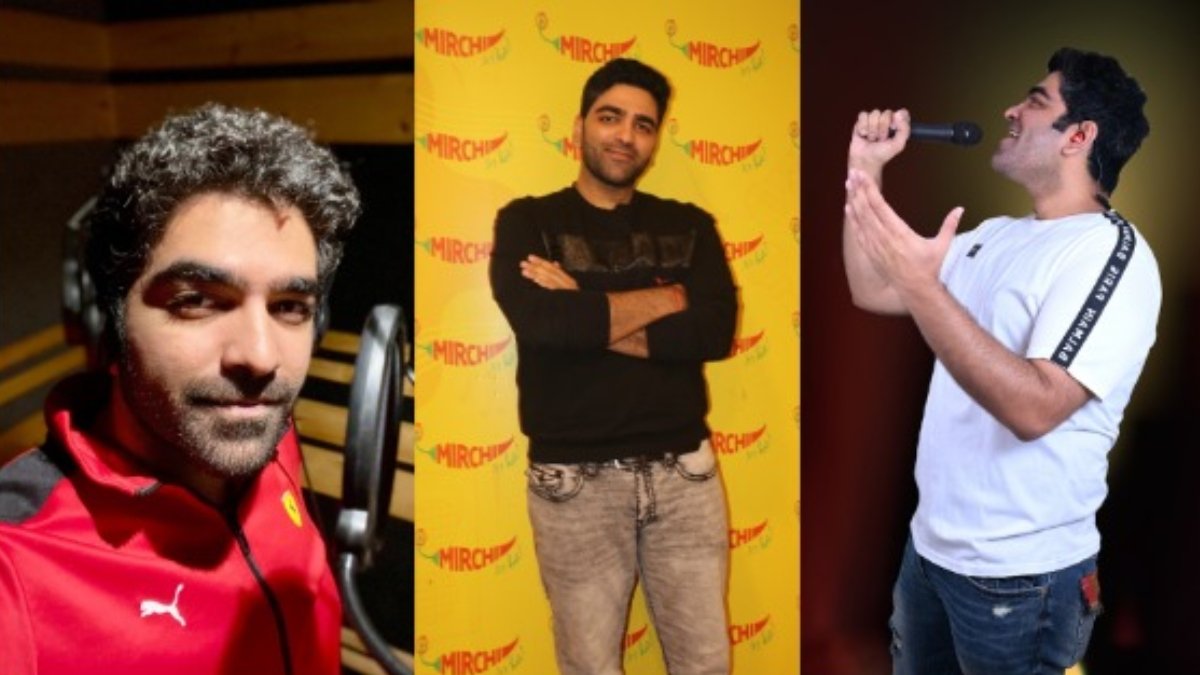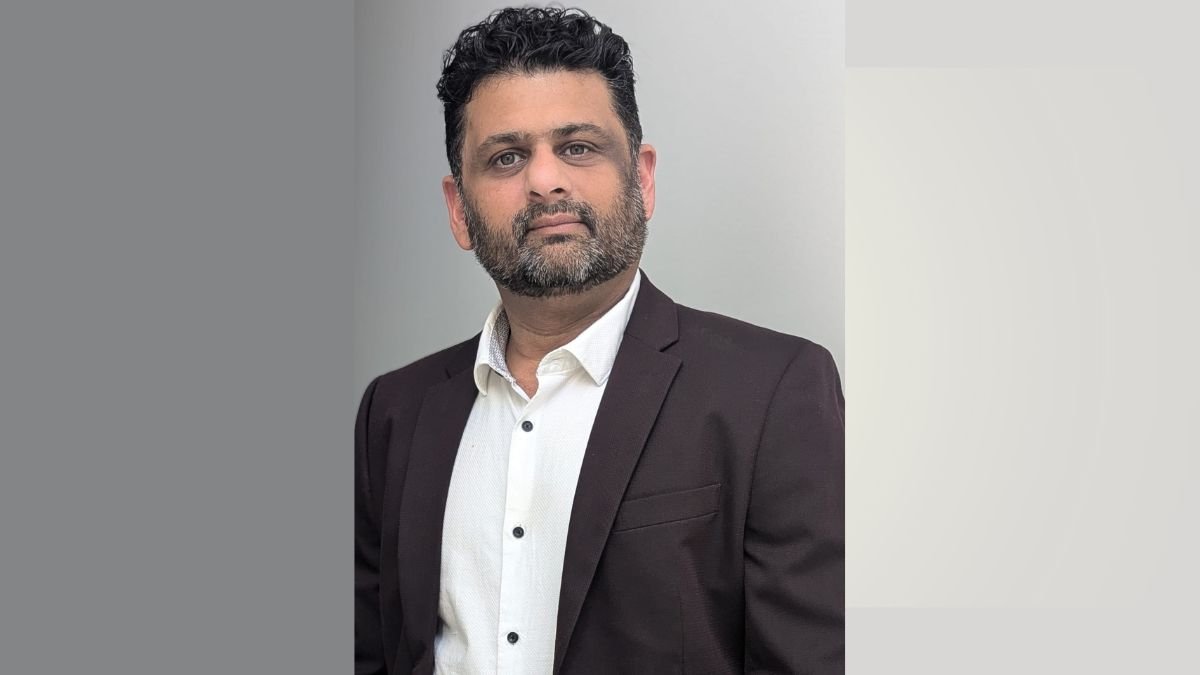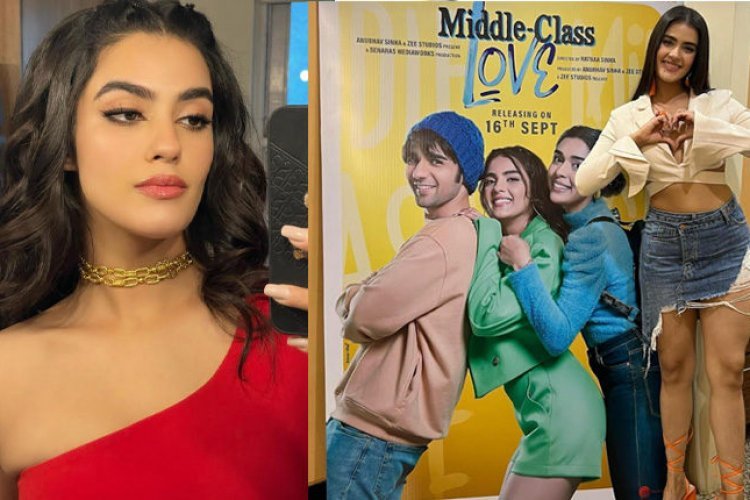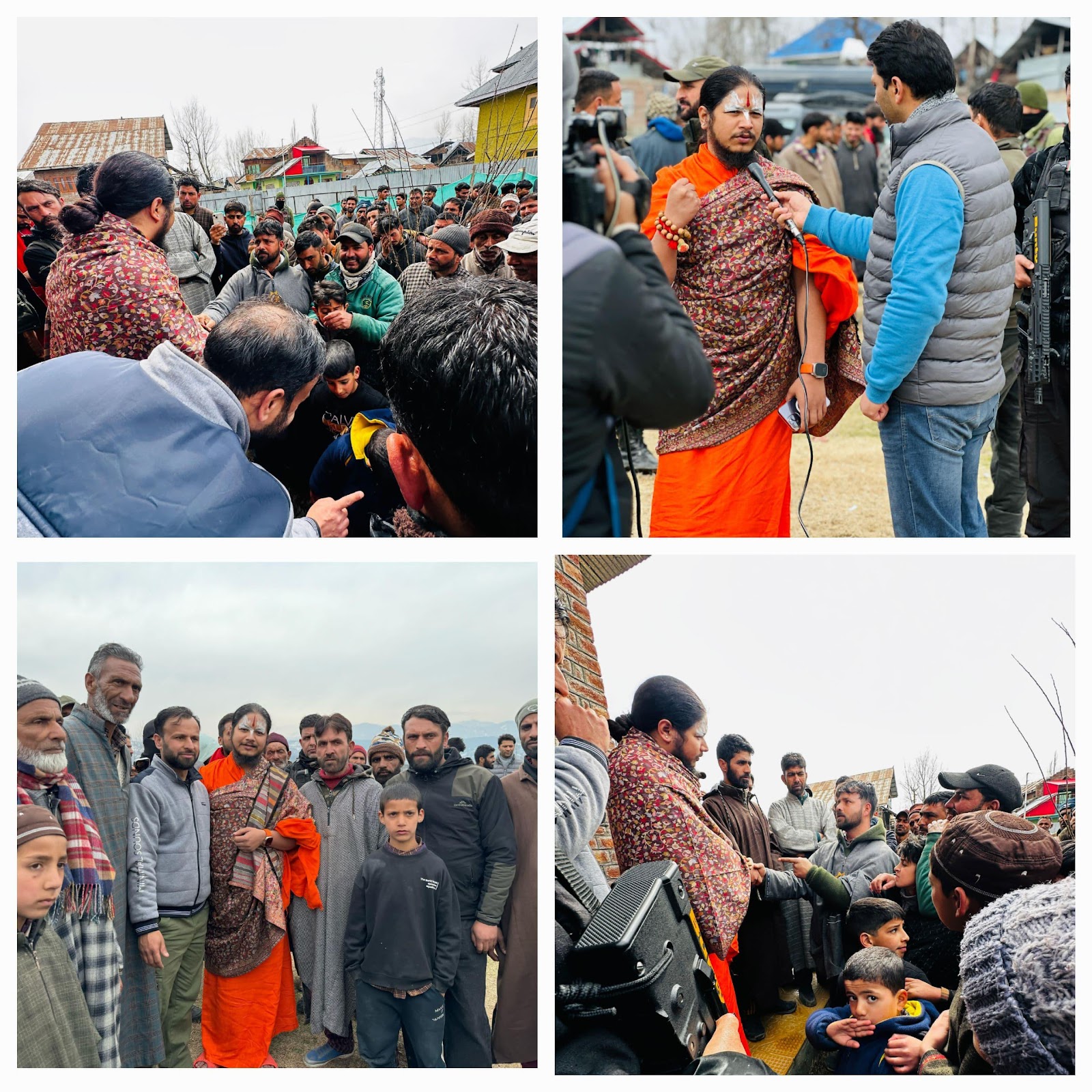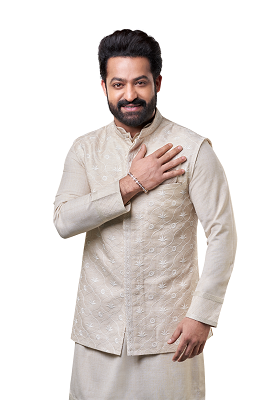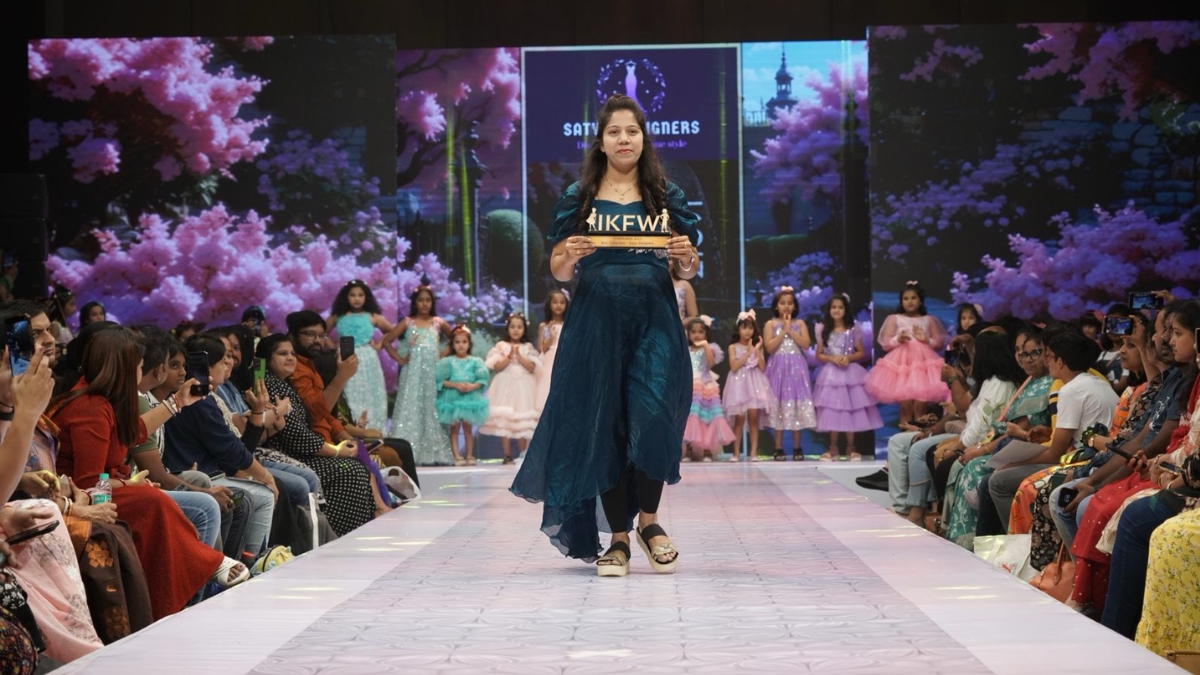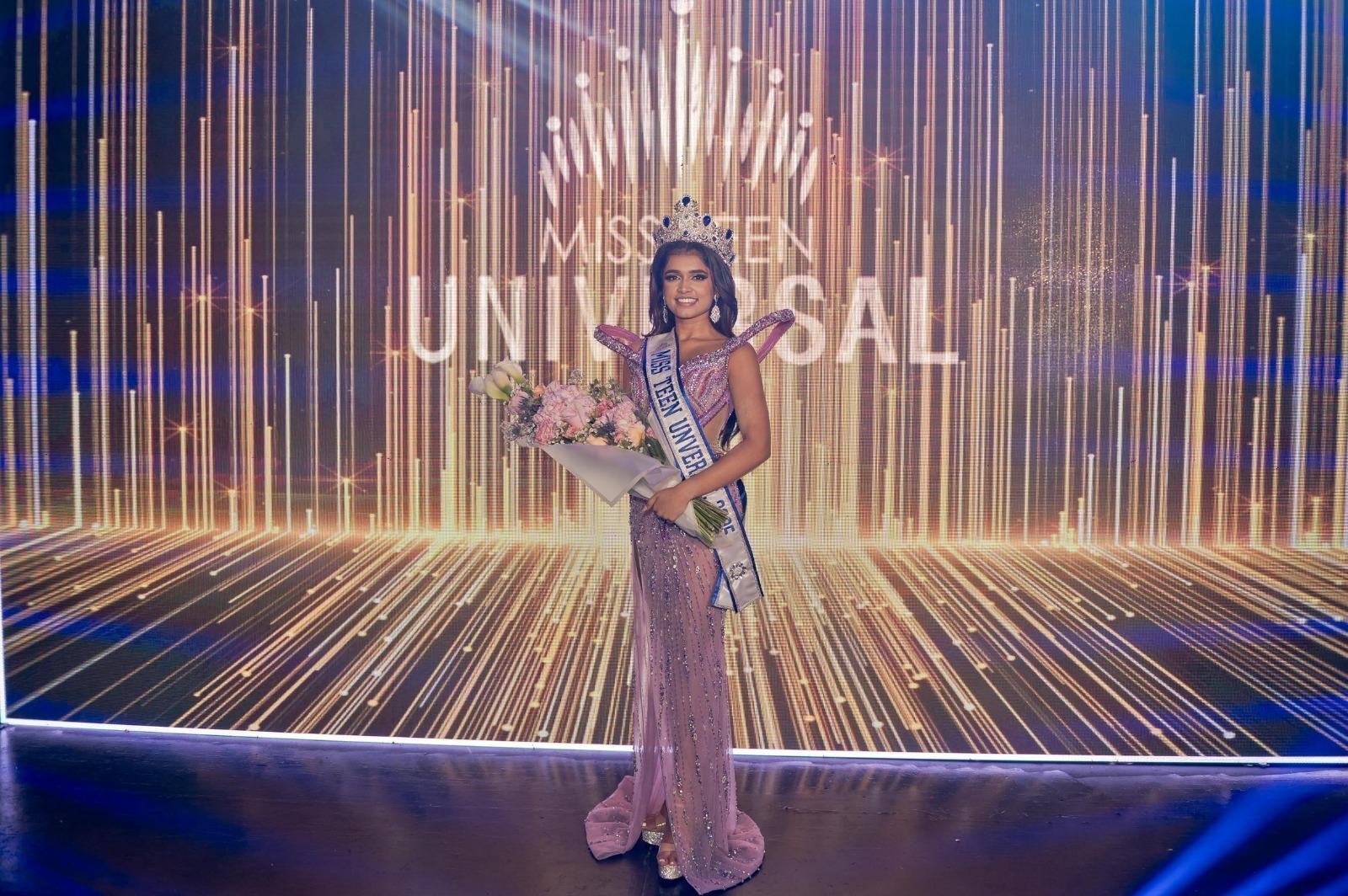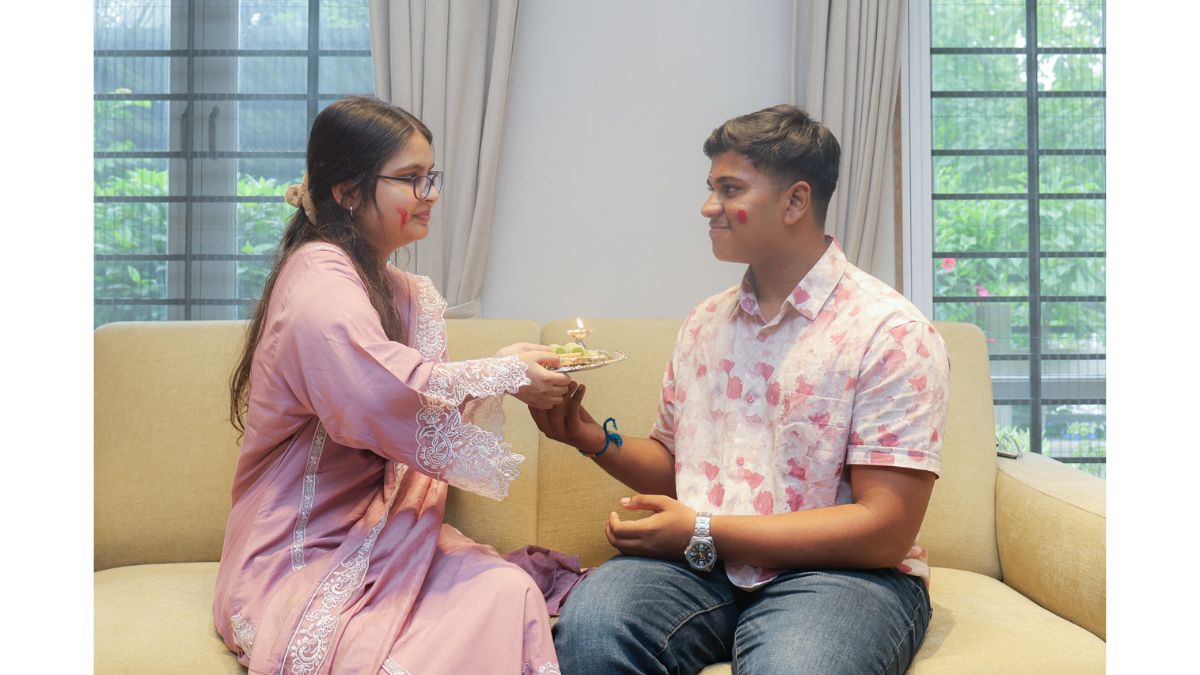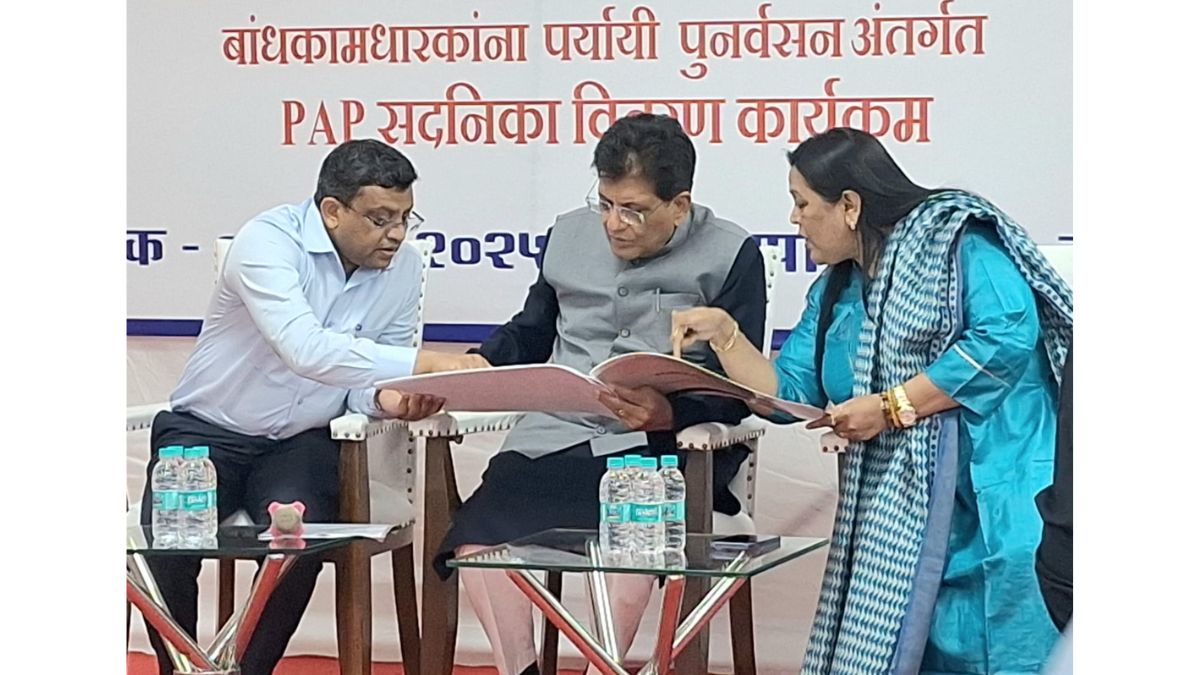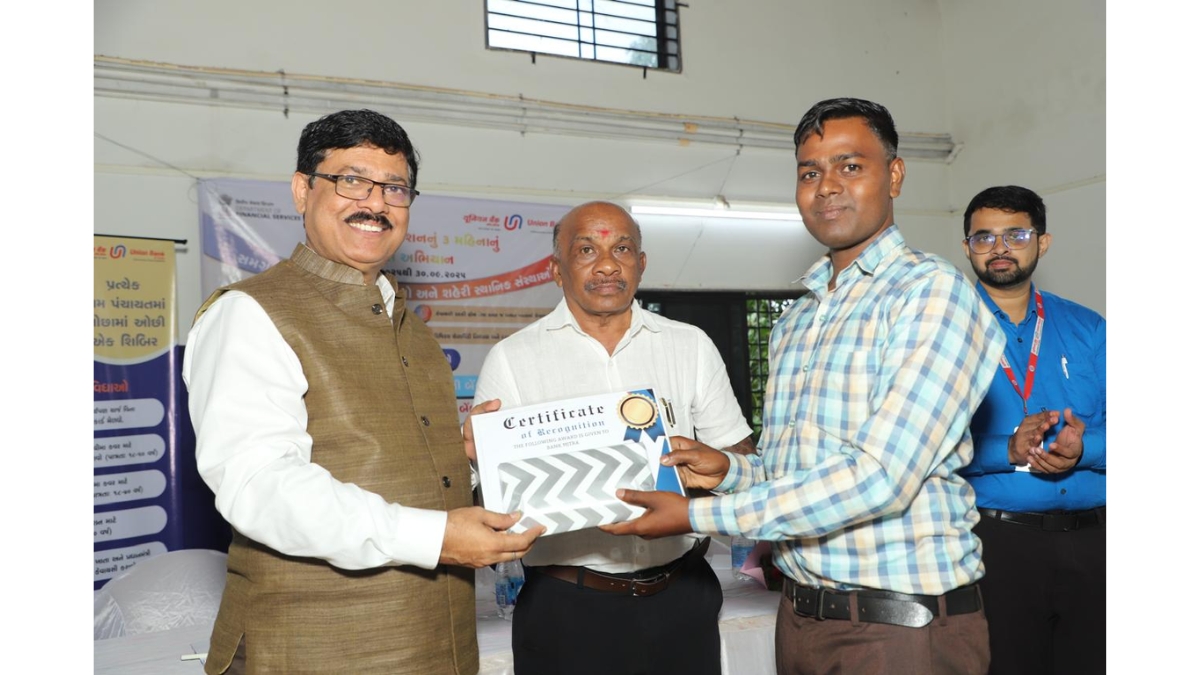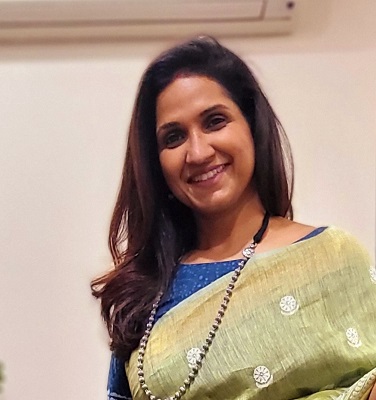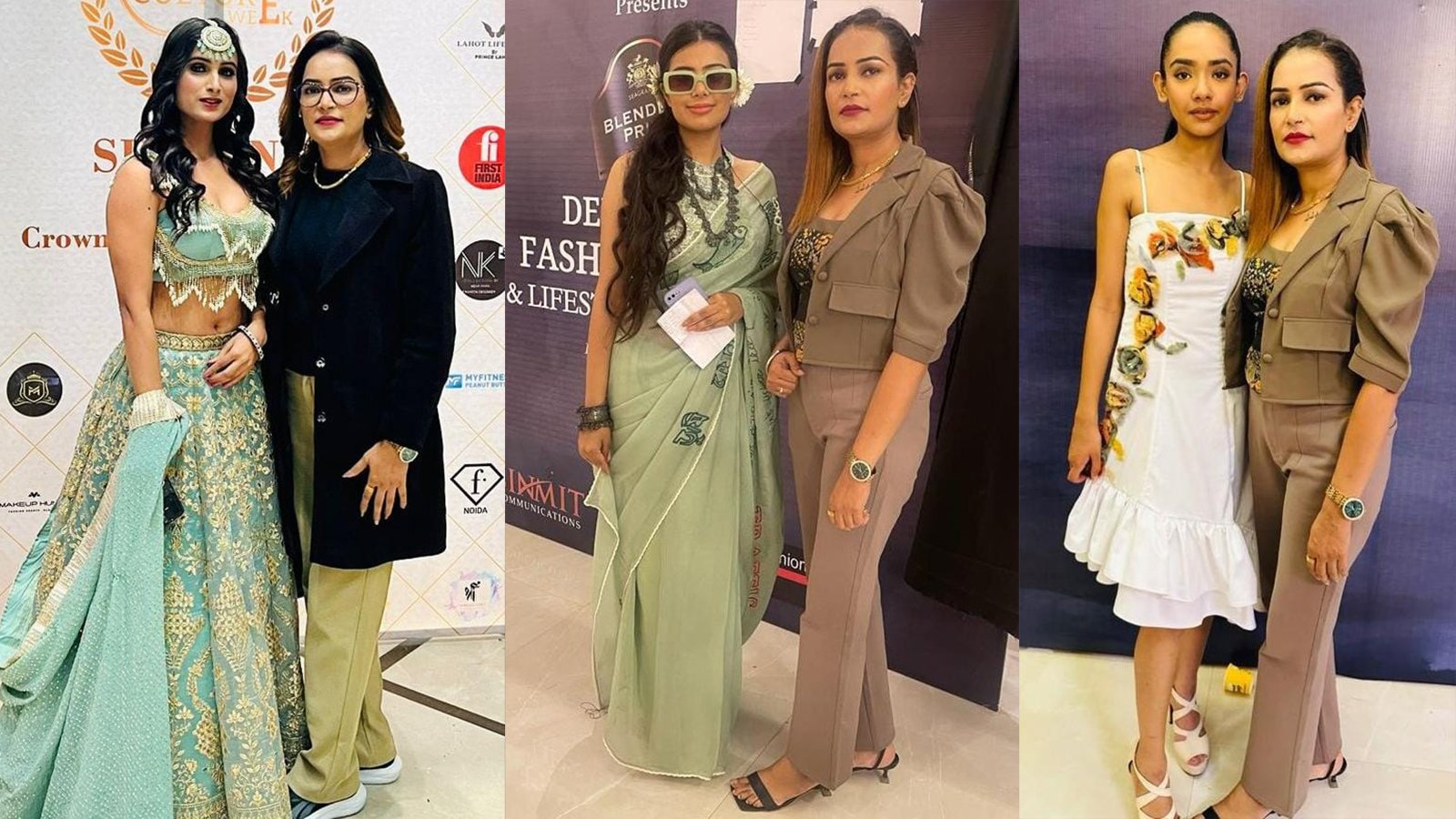Gujarati Celtic Folk Fusion: 7 Reasons This Cross-Cultural Duet Stands Out
A Gujarati folk classic meets a Celtic ballad in a Raksha Bandhan duet that proves music has no borders.
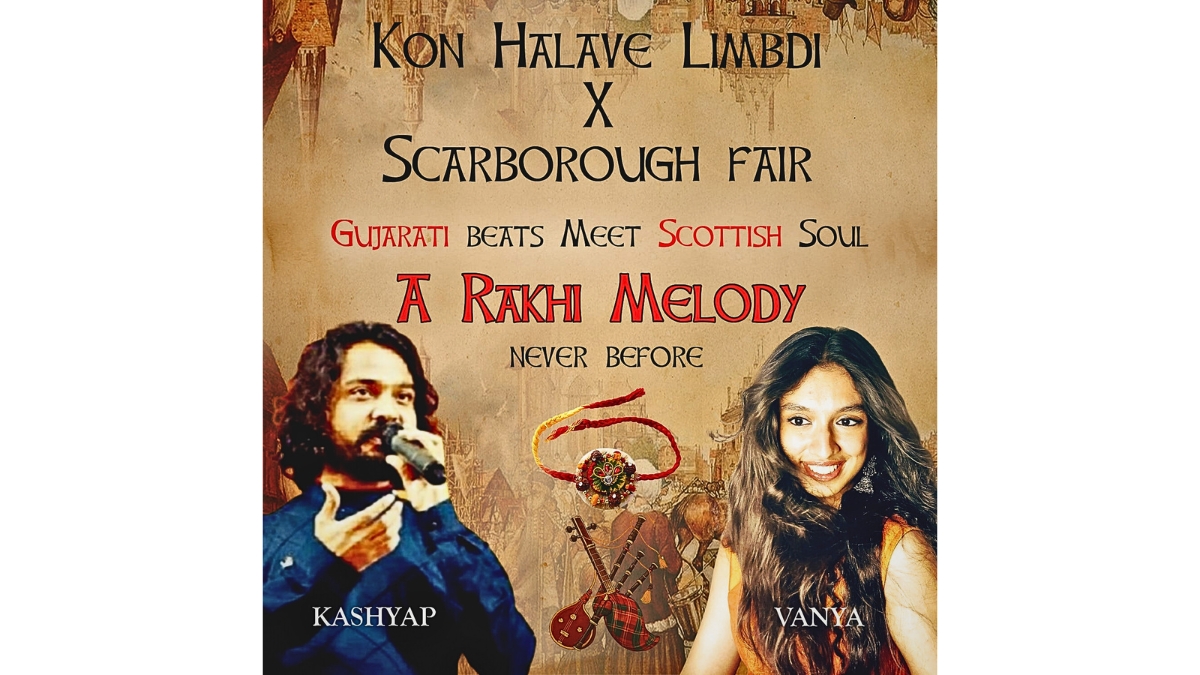

Surat (Gujarat) [India], August 9: Music has always been humankind’s most compelling diplomat—traversing borders, disregarding red tape boundaries, and unifying traditions never previously met. This Raksha Bandhan, Surat saw such a cultural handshake in the guise of Gujarati Celtic Folk Fusion, as the millennia-old Gujarati folk song “Kon Halave Limbdi Ne Kon Halave Pipdi” is married with the somber elegance of the English–Celtic gem “Scarborough Fair.”
This union, executed by India’s folk master Kashyap Dave and Western classical singer Vanya Bhatt, and arranged by producer Jimmy Desai, is not a novelty—it is a carefully woven cultural fabric. Here are seven reasons why this Indo–Anglo musical bridge shines in the age of disposable digital singles.
1. A Dignified Cross-Cultural Mosaic
In contrast to algorithmic mashups, this piece respects the integrity of both traditions. The Gujarati rhythm is not lost to its earthy bohemianism, nor is the Celtic melody to its medieval elegance. Instead of competing, the two exist together—brought together like rakhi strings, separate yet inextricable.
2. Rooted in Cultural Memory
“Kon Halave Limbdi Ne Kon Halave Pipdi” has the smell of post-monsoon earth and the look of rural Gujarat—women dancing in handloom ghagras in rhythm. Its poetic inquiry, “Who will shake the neem tree, who will shake the pipal tree?” is as evocative as it is direct, capturing an eternal rural scene.
3. The Timeless Charm of ‘Scarborough Fair’
Across is Scarborough Fair—full of English–Celtic legend, with lines cataloging impossible feats, shrouding desire and separation in poetic riddles. It’s a track that breathes whispers of sea airs, thyme-scented slopes, and poignant goodbyes.
4. Musical Synergy, Not Collision
The amalgamation does not weaken, it heightens. The rhythmic play of the Gujarati composition coaxes the Celtic ballad into losing its reserve, while the ballad gives the folk song a nostalgic echo. It’s an aural confluence where monsoon dances welcome autumn breezes.
5. Surat as a Symbolic Stage
Surat’s rich history is the ideal backdrop. The city was home to the British East India Company’s first factory in 1612, and this started centuries of cultural exchange. This performance is a contemporary reflection of that historical link—less trade, more mutual artistry.
6. Timing is Everything with Raksha Bandhan
Raksha Bandhan honors connections—between siblings, communities, and cultures. This concert captures that spirit, bringing together East and West in a musical bond. The blend becomes the metaphorical rakhi: fragile, complex, and representative of protection and bonding.
7. Folk Roots with Contemporary Relevance
In an era of throwaway pop singles that crowd streaming services, Gujarati Celtic Folk Fusion reminds one of folk music’s mission—to safeguard memory, identity, and emotional veracity. It’s an album that can make the listener feel both the pang of return and the excitement of new horizons.
Gujarati Celtic Folk Fusion: A Cultural Bridge
The biggest success of this union is how it breaks past the confines of mere novelty. It tells a greater truth—that folk music, wherever it comes from, has within it the heartbeat of its people. When these heartbeats synchronize, they form a rhythm that knows no geography, no language, no time.
Producer Jimmy Desai’s arrangement ensures neither side loses its identity, yet both emerge transformed. Kashyap Dave’s grounded, resonant delivery anchors the Gujarati verses, while Vanya Bhatt’s crystalline tones lift the Celtic lines into the realm of the ethereal. The result is not a compromise, but a celebration.
A Lasting Impression
In an age of music that’s custom-built for fleeting clicks, this Raksha Bandhan gift is something different. It’s a testament that the greatest creations are those which tread as carefully as possible between respect for heritage and a willingness to engage in conversation. This Gujarati Celtic Folk Fusion does just that—causing listeners to slow down, think, and, most importantly, listen.








